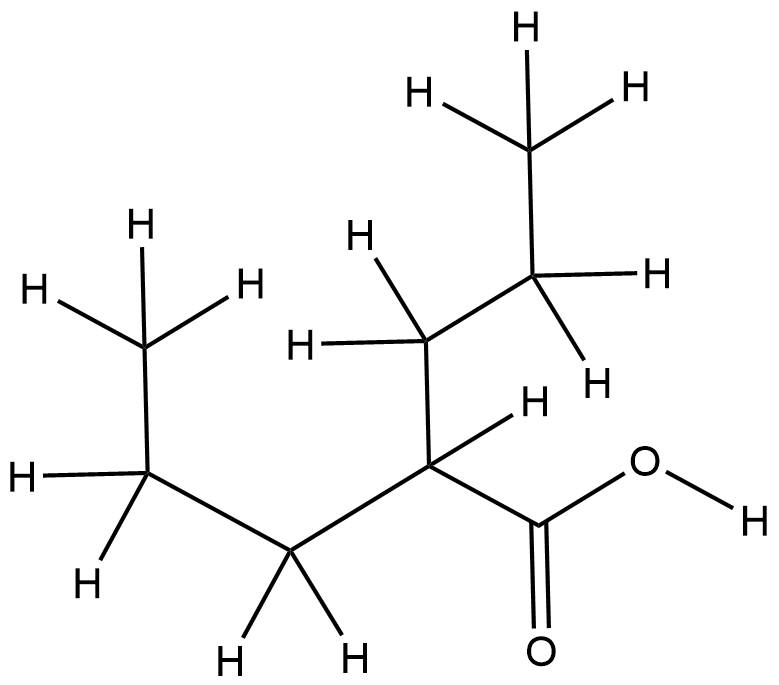| 1 |
ClinicalTrials.gov (NCT03012815) Gabapentin for Alcohol Withdrawal Syndrome
|
| 2 |
URL: http://www.guidetopharmacology.org Nucleic Acids Res. 2015 Oct 12. pii: gkv1037. The IUPHAR/BPS Guide to PHARMACOLOGY in 2016: towards curated quantitative interactions between 1300 protein targets and 6000 ligands. (Ligand id: 5483).
|
| 3 |
Gabapentin FDA Label
|
| 4 |
Valproic Acid FDA Label
|
| 5 |
Immunopharmacological management of COVID-19: Potential therapeutic role of valproic acid. Med Hypotheses. 2020 May 27;143:109891.
|
| 6 |
Gabapentin increases a tonic inhibitory conductance in hippocampal pyramidal neurons. Anesthesiology. 2006 Aug;105(2):325-33.
|
| 7 |
Clinical pharmacokinetic drug interaction studies of gabapentin enacarbil, a novel transported prodrug of gabapentin, with naproxen and cimetidine. Br J Clin Pharmacol. 2010 May;69(5):498-507.
|
| 8 |
Effects of genetic variation in the novel organic cation transporter, OCTN1, on the renal clearance of gabapentin. Clin Pharmacol Ther. 2008 Mar;83(3):416-21.
|
| 9 |
Transport of gabapentin by LAT1 (SLC7A5). Biochem Pharmacol. 2013 Jun 1;85(11):1672-83.
|
| 10 |
ADReCS-Target: target profiles for aiding drug safety research and application. Nucleic Acids Res. 2018 Jan 4;46(D1):D911-D917. doi: 10.1093/nar/gkx899.
|
| 11 |
Antiepileptic drugs: impacts on human serum paraoxonase-1. J Biochem Mol Toxicol. 2017 Jun;31(6).
|
| 12 |
Functional evaluation of polymorphisms in the human ABCB1 gene and the impact on clinical responses of antiepileptic drugs. Pharmacogenet Genomics. 2008 May;18(5):390-402. doi: 10.1097/FPC.0b013e3282f85e36.
|
| 13 |
Establishment of a 13 genes-based molecular prediction score model to discriminate the neurotoxic potential of food relevant-chemicals. Toxicol Lett. 2022 Feb 1;355:1-18. doi: 10.1016/j.toxlet.2021.10.013. Epub 2021 Nov 5.
|
| 14 |
Effects of the antiepileptic drugs lamotrigine, topiramate and gabapentin on hERG potassium currents. Epilepsy Res. 2005 Jan;63(1):17-25. doi: 10.1016/j.eplepsyres.2004.10.002. Epub 2004 Dec 8.
|
| 15 |
Tissue-specific expression and gabapentin-binding properties of calcium channel alpha2delta subunit subtypes. J Membr Biol. 2001 Nov 1;184(1):35-43. doi: 10.1007/s00232-001-0072-7.
|
|
|
|
|
|
|


